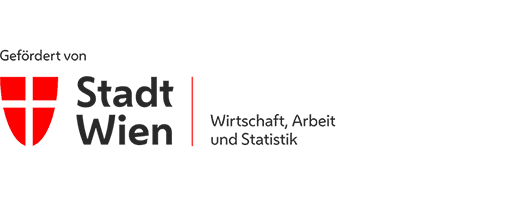Competence Team for Research: Operational Vibration Analysis
MA 23 – Call 30-08 Competence Team: Research at the Viennese Universities of Applied Sciences
The field of vibration optimization will become an increasingly important factor in industrial applications in the near future, especially in the reduction of vibrations in lightweight construction through low material usage, the use of more economical materials and by pushing the performance limits of systems used. Noise and vibration pollution, especially in densely populated urban areas, are constantly on the rise and are increasingly affecting general well-being and the quality of life. Understanding the origin and effects of linear and non-linear vibrations and predicting them in computer models is therefore of essential importance and will play an even greater role in future engineering education. In the course of their studies, students will be introduced to project goals through vibration analysis using simple simulations and experimental setups. The students should learn the ability to compare and validate their simulated results by means of practical experiments. For this project it is necessary to develop the basic equipment for operational vibration analysis at the UAS Technikum Wien.
With the planned measurement equipment, it will be possible for the UAS Technikum Wien and its students and researchers to deal with three major use cases and thus address two challenges of the future (“Strategy Vienna 2030”). As a university, the UAS Technikum Wien pays special attention to promoting gender and diversity issues. This can be integrated coherently into the teaching of technical topics, for example in the form of gender- and diversity-conscious design of the human-machine dialogues or the technical documentation, as well as with regard to the gender-appropriate design of the teaching experiment settings and the teaching/learning materials. The content of this project is to gather expertise and experience for the design of passive nonlinear multiple vibration absorbers and model-based continuous monitoring for nonlinear dynamic systems by means of real-time hybrid simulation.
The aim of this project is to implement vibration measurement equipment for R&D applications and teaching at the UAS Technikum Wien for three selected use cases:
- Modal testing (modal analysis with impulse hammer): measurement of natural frequency and determination of natural mode shapes. Different test specimens can be used in the test: e.g. steel plate, aluminum plate, plastic plate, topology-optimized structures, etc.
- Operating vibration analysis of rotating machines: measurement of the operating behavior (waterfall diagrams, Campell diagrams) of e.g. gearboxes, wind turbines, prime movers, milling machines, lathes, blowers, compressors, etc.
- Operating vibration analysis of unevenly translating gearboxes and robots: measurement of vibrations during operation of industrial plants, production lines, robots, etc.
